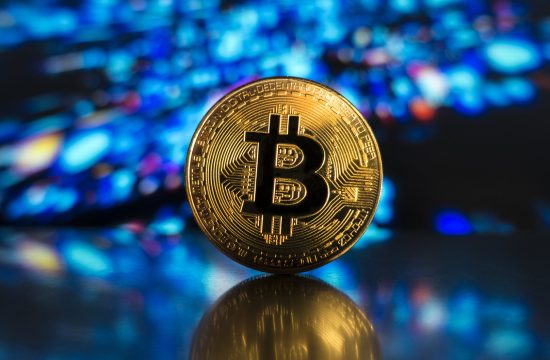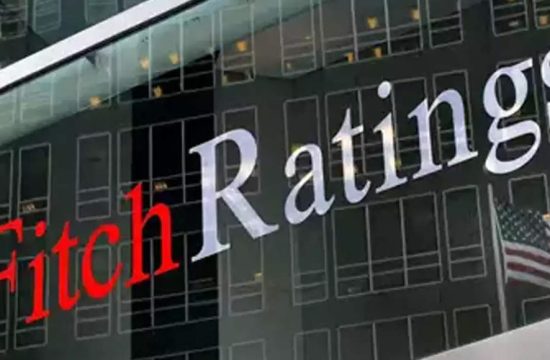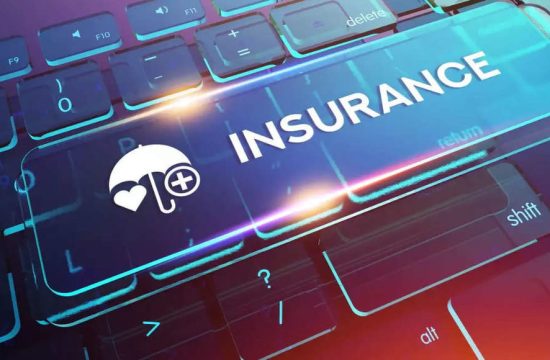
As House Speaker Nancy Pelosi and Treasury Secretary Steven Mnuchin try to hash out another coronavirus relief package, distressed business owners continue to wait in the wings.
The two officials had met on Wednesday to work toward another stimulus deal. Though they have found common ground over certain items — including those much-awaited $ 1,200 stimulus payments — other forms of relief remain up in the air.
To that end, House Democrats have released a new comprehensive relief bill earlier this week. This proposal is a slimmer version of the HEROES Act, weighing in at $ 2.2 trillion — down from the $ 3.4 trillion pitch lawmakers put forth in May.
More from Personal Finance:
Here are the top 5 U.S. cities for retirement
Three things to keep in mind to handle market volatility
These hidden fees take bite out of retirement savings
In addition to the $ 1,200 stimulus payments, House Democrats have proposed improvements to the Paycheck Protection Program — the forgivable federal loan program for cash-strapped small businesses that was established under the CARES Act this spring.
The measure was initially up for a vote on Wednesday evening, but House Democrats delayed it to give Pelosi and Mnuchin more time to talk.
“When the CARES Act was put into play six months ago, they were trying to solve a lot of problems very quickly,” said Megan Gorman, managing partner at Chequers Financial Management in San Francisco.
“We’ve had a lot of partisan debate over the last six months,” she said. “During that time, the tax community, the banking community and the small-business community are starting to understand where the problems are.”
Differences aside, there are some areas where lawmakers on both sides of the aisle might find common ground.
That includes the issue of deductibility of expenses covered by the forgivable loan and a simpler approach toward forgiveness.
“It seems there’s a broad sense of the possibility of agreement here,” said Garrett Watson, senior policy analyst at the Tax Foundation. “We’ve seen it get overshadowed by larger disagreements over state and local aid and unemployment insurance.”
“They’ve been stalled because there hasn’t been a compromise on these other areas,” he said.
Between April 3 and Aug. 8 — the last day a firm could have applied for a loan — more than 5 million PPP loans have been approved, accounting for $ 525 billion, according to data from the Small Business Administration.
The loans are forgivable if borrowers commit at least 60% of the proceeds to payroll costs. However, firms that fall below that threshold can apply for partial forgiveness.
Terms are also friendly for those with remaining balances. Businesses pay an interest rate of 1% and have a six-month grace period before making repayments.
Loans issued before June 5 generally must be repaid in two years, while those issued after that date mature in five years.
Here’s what’s on the table for PPP borrowers in the updated HEROES Act.
A second shot at funding
Firms that have suffered the most in the pandemic and already used up their PPP funding might get a second chance for money from the program.
House Democrats propose allowing second loans to small businesses with fewer than 200 employees that have experienced a 25% reduction in quarterly revenue year-over-year due to the pandemic.
Lawmakers are homing in on the smallest businesses: They’ve excluded publicly traded firms from eligibility for second loans, and they’ve put limits on businesses with more than one physical location.
Streamlined forgiveness
The proposal also calls for a simplified approach toward forgiveness of PPP loans that fall under $ 150,000.
Borrowers who took a loan under $ 50,000 only need to certify to the government that they’ve met the program’s requirements for forgiveness. They must also retain documentation to back that up in case they face an audit.
Meanwhile, firms that took $ 50,000 to $ 150,000 must submit certification to their lender through a simplified forgiveness application and retain documentation to prove they’re eligible to have the balance wiped in case of an audit.
“Simplified forgiveness is a big deal,” said Gorman. “It will take care of that group of business owners, simplify their lives and allow them to go back to focusing on their businesses.”
Deductibility and PPP
Forgiveness — which is supposed to be tax-free under the PPP loan program — is the ultimate goal for borrowers, but many have hesitated to apply for it just yet.
Part of that is driven by the uncertainty on whether business owners can deduct business expenses covered by PPP proceeds.
While the IRS has said that the forgiveness itself is tax-free, the business expenses aren’t deductible.
Meanwhile, lawmakers have said the costs should be deductible; otherwise, entrepreneurs may wind up facing higher taxes.
This new version of the Democrats’ bill addresses that issue and clarifies that expenses paid or incurred with forgiven PPP proceeds are still eligible for deductions.
“The deductibility is a no-brainer,” said Gorman. “If you look at the legislative intent, it was for this to be deductible.
“That they’ll remedy this issue this time around is a positive.”





